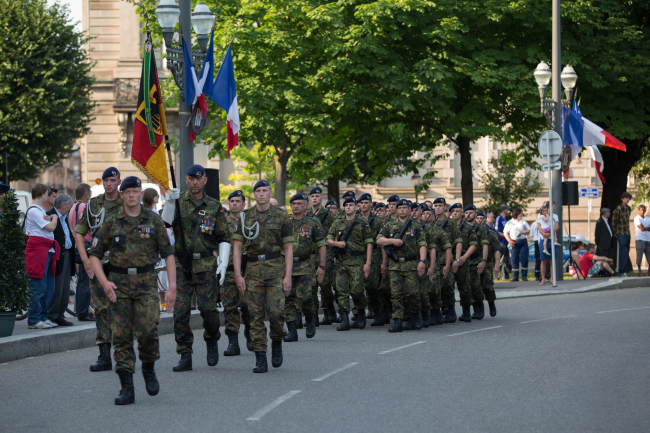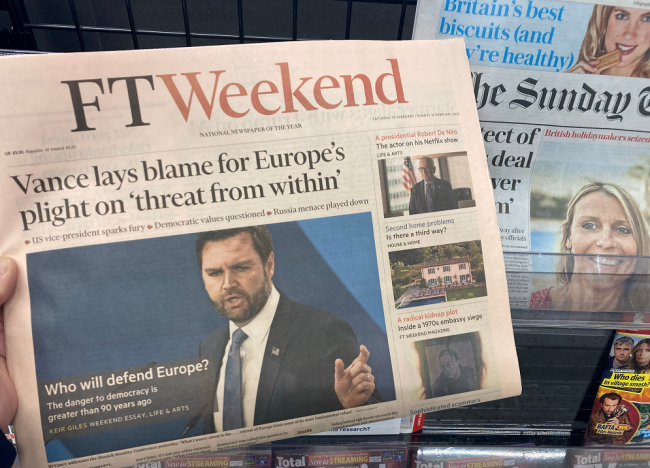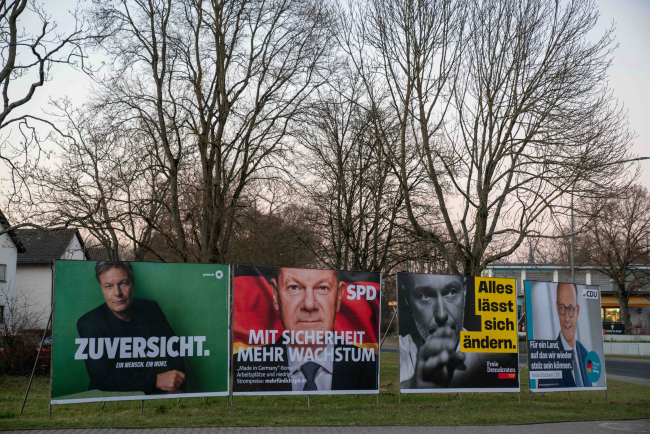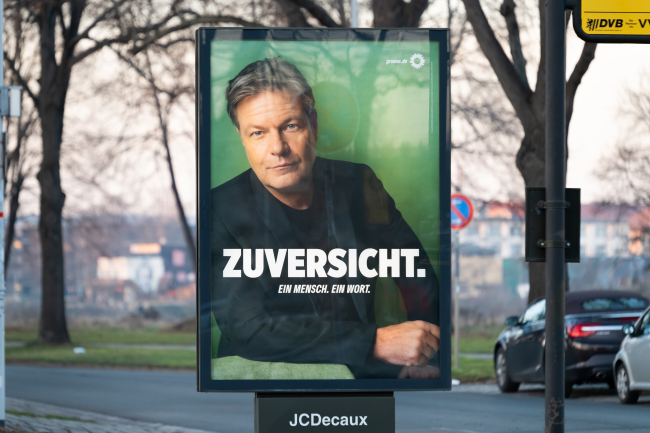Thirty Years after its Reunification, Germany's “European Moment”?
On October 3, 1990, after forty years of division, Germany once again became one state. Less than a year after the fall of the Berlin Wall, on November 9, 1989, the territories of the German Democratic Republic (GDR) became part of the Federal Republic of Germany (FRG) under Article 23 of its Basic Law.
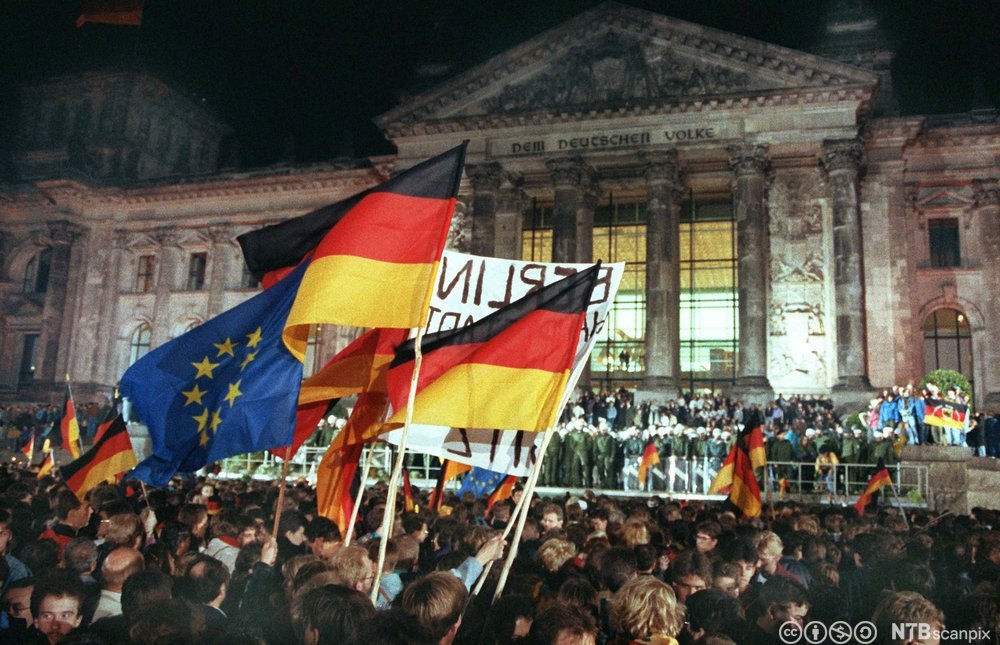
The rapid process of German reunification continues to test the sense of national cohesion - territorially, socially and politically - of the reunified Germany to this day. Some dissenting voices in 1989-1990 had reckoned that the completion of reunification would take “at least a generation”. Where does Germany stand today, thirty years later?
At a time when the COVID-19 pandemic crisis is hitting Europe and the world hard, the cards seem to have been reshuffled at both the national and European levels. In what way do the celebrations of the thirtieth anniversary of German unity reveal Germany's position vis-à-vis the European Union?
The assessment of German reunification cannot be limited to a single German national phenomenon. Since 1990, German reunification and European construction have had a common destiny, with an interweaving of their successes, failures and limitations. In November 2019, German Foreign Minister Heiko Maas stated that “German unity is also a gift of Europe to Germany”. To what extent is the integration that the European Union has experienced over the past 30 years not also a “gift” from Germany to Europe?
Paul Maurice is a Research Fellow at the Study Committee on Franco-German Relations (Cerfa) at the French Institute of International Relations (Ifri).
This publication is available in French: "Trente ans après sa réunification, le « moment européen » de l’Allemagne ?".
Related centers and programs
Discover our other research centers and programsFind out more
Discover all our analysesThe Franco-German Brigade and the Revival of European Defense
One thing has been clear since Donald Trump's return to the White House: the very existence of the European unification project is threatened. Unless it develops a sovereign defense policy to counter the war in Ukraine and the weakening of American security guarantees, the European Union will continue to see its internal cohesion and external attractiveness wane.
Friedrich Merz and the Zeitenwende 2.0. A “New Era” for Transatlantic Relations?
On February 23, 2025, almost 60 million voters were called upon to elect a new Bundestag. These elections will also give rise to a new government in Europe's largest economy.
After the Elections: Germany in Search of Shaken Stability?
With a voter turnout of 82.5%, Germany recorded its highest participation since 1987—an increase of 6.1 percentage points compared to 2021. As in the previous election, the high turnout particularly benefited the Alternative for Germany (AfD), which was able to mobilize many former non-voters. Many voters sought to punish the outgoing government with their ballots, as its approval rating had dropped to just 14% before the coalition broke apart in November 2024. Germany is now very likely heading toward a grand coalition between the CDU/CSU and the SPD, with exploratory talks having begun on February 28.
The German Greens as an Alliance Party: The End of an Illusion?
At the Wiesbaden Congress in November 2024, Robert Habeck, currently Minister for the Economy and Climate, was nominated as the Green Party’s candidate for the Chancellorship in the early parliamentary elections on February 23, 2025. The party, founded 45 years ago, is now firmly established in the German political landscape. Wishing to turn the page on an unloved ‘‘traffic light’’ coalition, the party is banking on a personal campaign and an optimistic discourse based on the energy transition and social justice.








